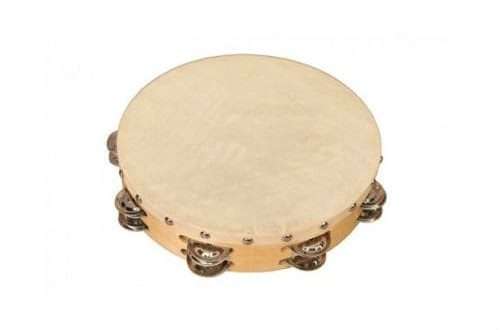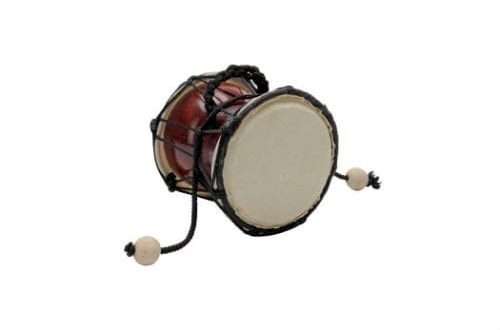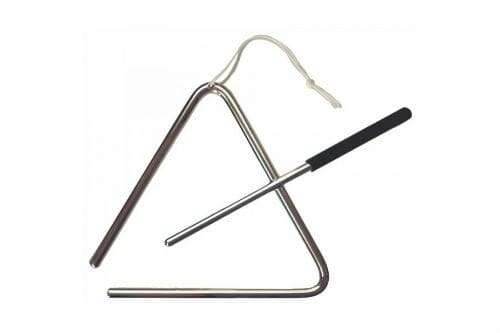
Triangle: instrument description, composition, sound, history, application
Among the huge number of percussion musical instruments, the triangle is the most inconspicuous. But not a single orchestra can do without its sound. In different countries of the world, triangolo has been used for centuries; its participation in symphony orchestras can expand the timbre possibilities, add brightness and color to musical works.
What is a triangle in music
The instrument belongs to the percussion group. Its peculiarity is that it is capable of making sounds of an indefinite height. The variety of sound depends on the size, the material from which it is made. Most often it is steel.
Experiments with the material allow you to expand the sonic possibilities of the triangle, which makes it one of the main instruments in symphonic music.
With the help of this representative of the percussion group, simple rhythmic figures are reproduced, special playing techniques allow expanding the capabilities of the orchestra, making even the orchestral tutti more juicy.

Устройство
The tool is a thin triangular frame with a non-closing outline. It is made from thin steel wire. Triangles made from other metals are known. An important parameter is the size of the tool. Three types are traditionally used: large, small, medium with sizes respectively from 120 mm to 250 mm. The small triangle produces high, thin sounds, the large one produces low, juicy ones.
The tool faces are the same size. It is played with a special stick, which the musicians call a “nail”. It is made from the same material as the triangle itself. During the Play, the performer strikes the frame with a stick or draws along it. In this case, the touch of the fingers to the metal contour is important. So the musician controls the strength of the sound, its duration, the depth of vibrations.
Instrument sound
The sound of the triangle is clear, transparent. A bright tone allows you to achieve various sound techniques. When extracting sound, it is not only the size of the instrument and the thickness of its frame that matters. The cross-sectional diameter of the “nail” is important.
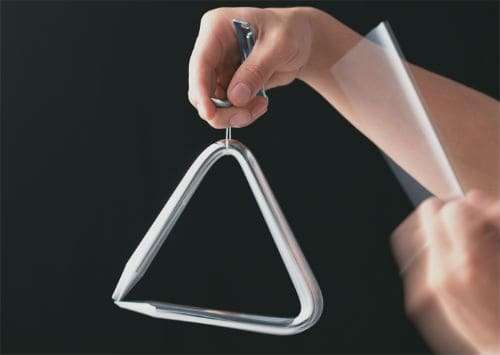
To produce pianissimo, a stick with a diameter of 2,5 mm is used. It is hit on the side faces. Forte is obtained by hitting the base with a thicker “nail”. If you draw on the outside of the edges, glissando is achieved. Tremollo can be achieved with fast, rhythmic strikes on the edges of the triangle.
During the Play, the musician holds the instrument in one hand or hangs it on a stand. The sound depends on the garter that is attached to the triangle. Previously, it was made from leather or ropes, now fishing line is more often used.
History of the triangle
Historically, the instrument is one of the least studied. According to various sources, for the first time he could appear in Turkey. This is evidenced by descriptions dating back to the XNUMXth century. There are also earlier data. In the XIV century, it was written about in the property records of the cities of southern Germany.
In the XNUMXth century, the iron triangle became part of symphony orchestras. Around the same time, Russian music lovers heard its sound. The instrument sounded not only at concerts, but was also used by the troops of Empress Elizabeth Petrovna. In the common people, he began to be called “snaffle”.
The Viennese classics introduced the triangolo sound to convey oriental images and enrich the sound palette. The Turkish theme, popular at that time in operas, was realized with the help of a metal instrument, recreating the music of the Janissaries.
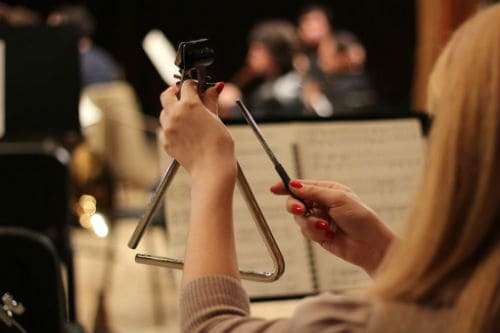
Using the tool
For the first time, the composer F. Liszt decided to entrust an individual part to the triangle. In the middle of the XIX century, he introduced the world “Concert No. 1”. In it, triangolo was used not only to create a background rhythmic pattern. He performed a separate part, which opened one of the parts of the work.
Not afraid to entrust him with an important role, such famous composers as Rimsky-Korsakov, Duke, Strauss. A bright timbre made it possible to create disturbing themes, express joy, happiness, draw the listener’s attention to individual episodes.
The triangle does not lose its relevance in symphony orchestras and is actively used by ordinary people who are far from the world of art. So in Greece, he became an attribute of the celebration of Christmas. Holding and performing various variations on it, guests come to the homes of relatives and strangers to congratulate them on their favorite winter holidays.



